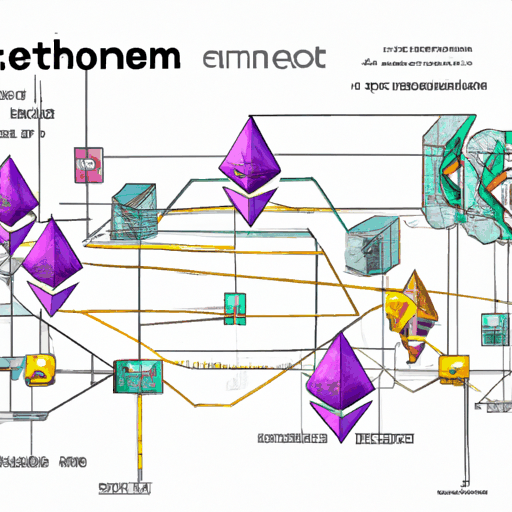
Ethereum Network Centralization Rises After Recent Upgrades, warns JPMorgan
By: Isha Das
The increase in Ethereum staking following the recent network upgrades, known as Merge and Shanghai, has led to higher centralization and lower staking yields, a new report by JPMorgan warns. The report noted that top liquid staking providers - including Binance, Coinbase, Lido, Figment, and Kraken – collectively control more than half of the staking on the Ethereum network, with Lido accounting for almost a third.
The JPMorgan report pointed out that the issue of centralization doesn't apply only to these large providers: single node operators can also contribute to this issue. For instance, a single Lido node operator can account for over 230,000 ETH, or more than 7,000 validator sets. However, JPMorgan does not see staking itself as the primary issue. They actually see the way providers and node operators are chosen as a problem, especially when this process is controlled by a few wallet addresses.
The report expresses concern that this centralization could potentially create systemic risks for the Ethereum network. This is apparent in scenarios where a concentrated number of providers or operators could either become a single point of failure, potential attack targets, or collaborate to form an oligopoly. Besides the increased centralization, the report also notes a decrease in overall yield after the Merge upgrade. Standard block rewards have fallen from 4.3% before the Shanghai upgrade down to 3.5% today.



